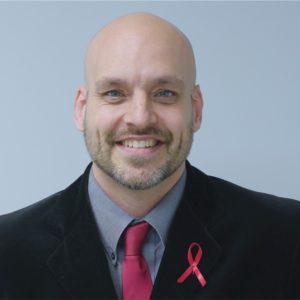Dr. Kevin Moore Addresses NJ-ACT Members on
Assessment and Treatment of Opioid Abuse – Part 1

By Lynn Mollick
Introduction
Opioid abuse is the biggest drug problem Americans have ever seen. More than a half million Americans have died from opioid overdoses. Commonly known as pain killers, opioids include prescription drugs – Vicodin, Oxycontin, Percocet, Dilaudid, fentanyl, codeine, morphine — and illicit drugs, e.g. heroin. Fentanyl, which is 50 to 100 times more powerful than morphine, is particularly dangerous.
Opioids can be swallowed as pills, absorbed through a patch, or snorted, smoked, injected, or “skin popped,” i.e. rubbed into abraded skin.
Several factors contribute to opioid abuse: poverty, childhood and/or adult trauma, and genetics. Frequently a physician prescribes an opioid for pain, and then the patient becomes addicted.
In the US, the dominant forms of treatment for opioid addiction are de-toxification, inpatient rehab, and intensive outpatient treatment. Abstinence is almost always the goal of treatment. During and after withdrawal, sufferers experience intense pain and 90% relapse. After treatment, opioid patients are at risk for overdose because they can no longer tolerate the amount of opioids they were previously able to tolerate.
Medication for opioid abusers
Medically-assisted treatment (MAT) is the gold standard treatment for opioid abuse. 70% of patients who receive MAT eventually achieve long term recovery. When compared to detox or continued abuse, MAT reduces deaths from overdose by 50%.
Commonly prescribed and effective medications for opioid abuse include:
1. Opioid agonists, e.g. methadone. Methadone is a full replacement for opioids because it has the same chemical and psychological effects. Taken as prescribed, methadone prevents euphoria and intoxication, reduces or extinguishes cravings, and enables patients to return to meaningful lives. Methadone can be abused, and overdose is possible.
Methadone is most often used for heroin or other severe addictions. Treatment with methadone only takes place at licensed opioid treatment programs.
2. Partial opioid agonists, e.g. Suboxone (buprenorphine). Partial opioid agonists are less sedating than methadone. They reduce, but do not prevent, urges, craving, and intoxication. Like methadone, they can be abused and overdose is possible. They are used with (?) for mild to moderate addictions, can be used during pregnancy, and enable patients to resume meaningful lives.
3. Opioid antagonists, e.g. naltrexone. Opioid antagonists block opioids and completely prevent intoxication even if patients abuse. Naltrexone injections are effective for a month. Patients generally dislike Naltrexone; it is most useful for highly motivated patients with less severe addiction.
4. Overdose reversal medication, naloxone (Narcan). Narcan is administered into the nose with one or two puffs. Anyone can obtain Narcan at a local pharmacy without a prescription.